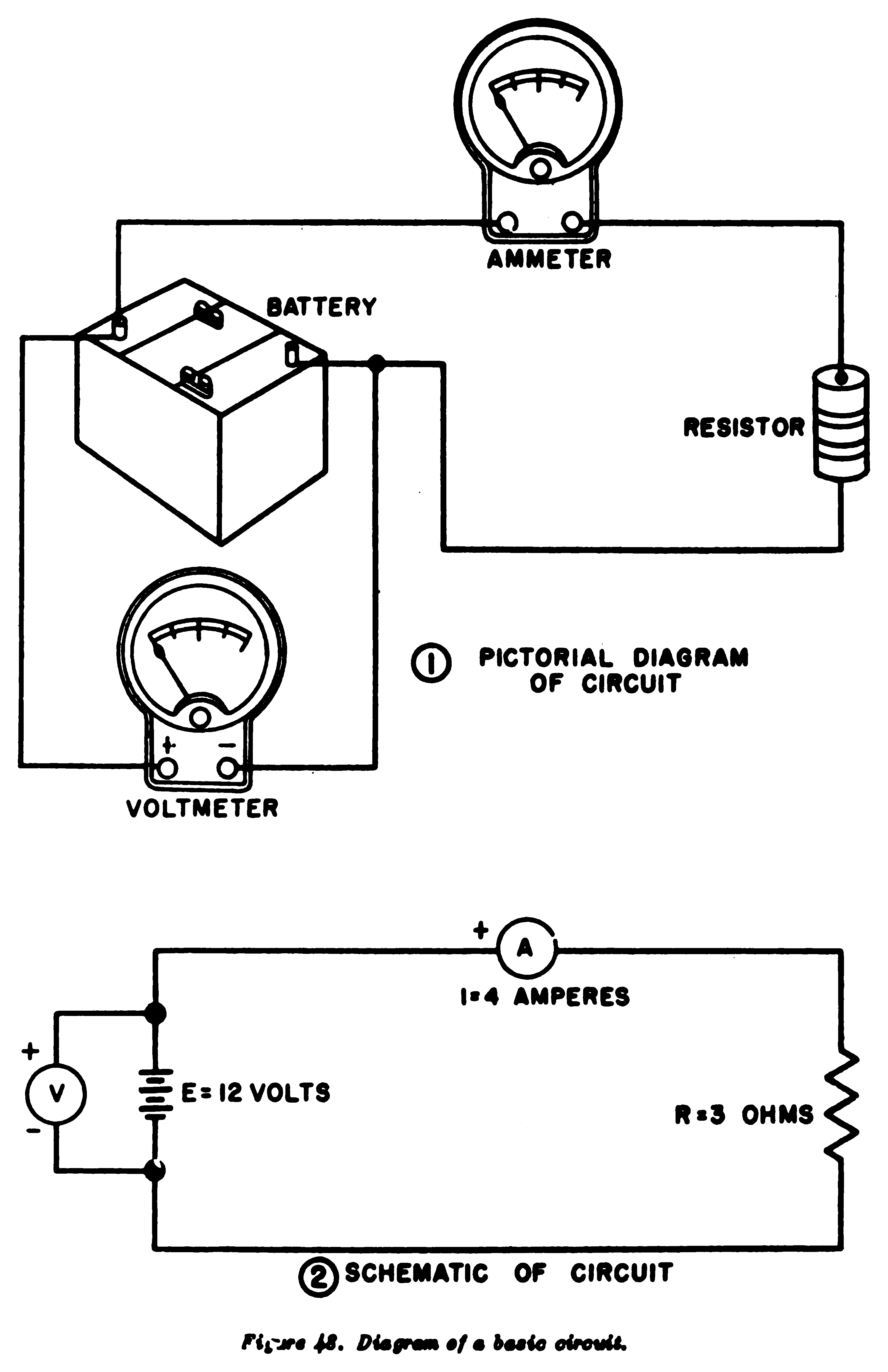
Basics of Electricity
Electricity is a form of energy that powers many of the devices and technologies we use every day. From lighting up our homes to running computers and phones, electricity is an essential part of modern life. But what exactly is electricity, and how does it work?
What is Electricity?
At its core, electricity is the movement of tiny particles called electrons through a conductor, usually a metal wire. When electrons flow, they create an electric current, which can be harnessed to do work — like lighting a bulb or powering a motor.
Key Concepts of Electricity
- Current: This is the flow of electrons through a conductor, measured in amperes (amps). It tells us how much electric charge is passing a point in a circuit every second.
- Voltage: Also called electric potential difference, voltage is the force that pushes electrons through a circuit, measured in volts. You can think of it like the pressure that moves water through a pipe.
- Resistance: Resistance is how much a material opposes the flow of current, measured in ohms. Materials with low resistance, like copper, are good conductors. Those with high resistance, like rubber, act as insulators.
How Electricity Flows
Electricity flows in a closed path called a circuit. For current to move, the circuit must be complete — from the power source, through wires and devices, and back again. If the circuit is broken, the flow stops.
Types of Electricity
- Direct Current (DC): Electrons flow in one direction only. Batteries provide DC electricity.
- Alternating Current (AC): Electrons change direction periodically. This is the type of electricity that powers homes and businesses.
Why Electricity is Important
Electricity is essential for modern technology, communication, transportation, and healthcare. It allows us to heat and cool our homes, store information, and even power life-saving machines.
Safety Tips
- Never touch exposed wires or electrical devices with wet hands.
- Always use insulated tools when working with electricity.
- Make sure electrical appliances are properly grounded.
Conclusion: Understanding the basics of electricity helps us appreciate the invisible force that powers our world. By learning about current, voltage, and resistance, we can safely use electricity and innovate for the future.